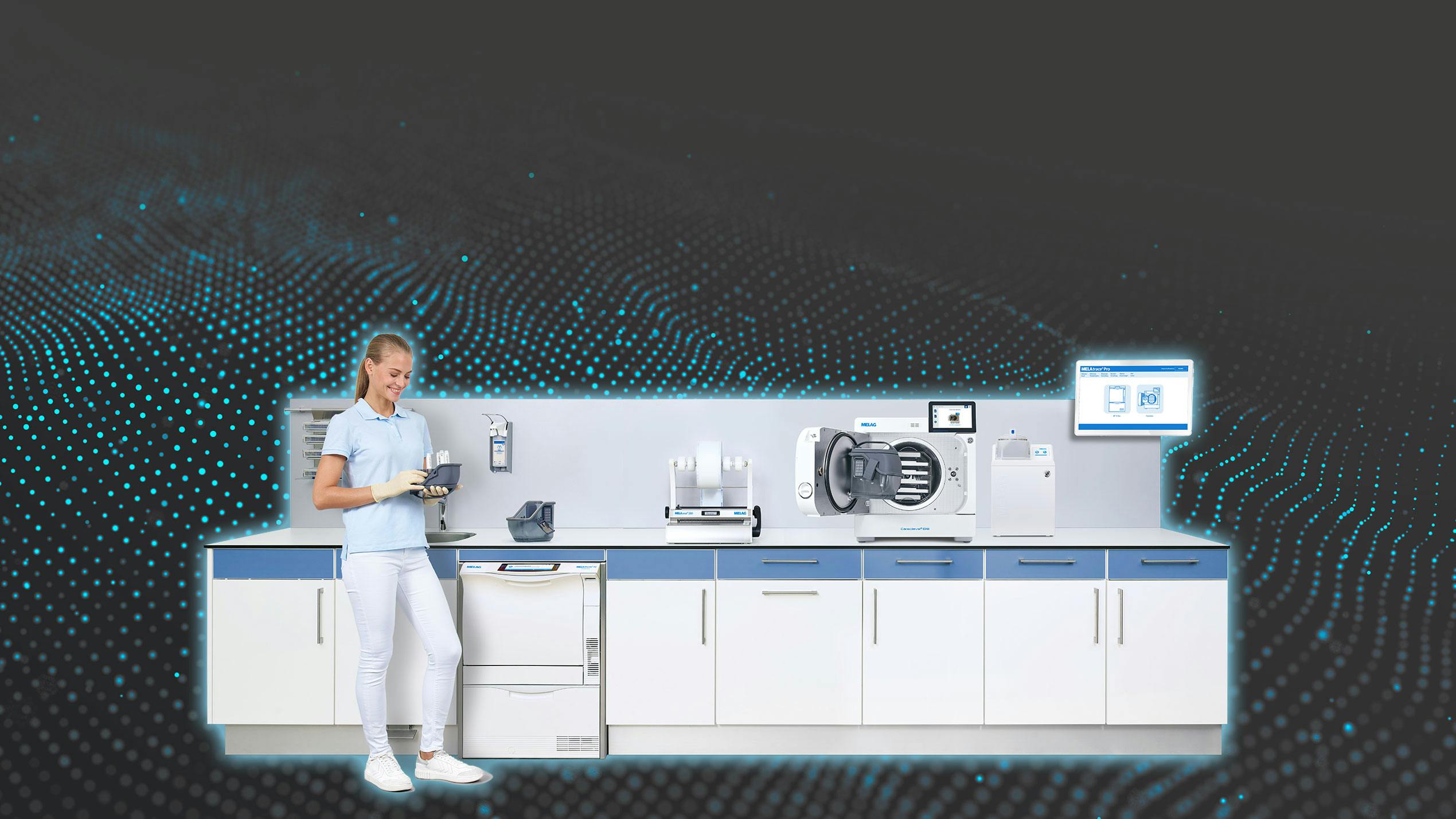Disinfection & Sterilization Guide 2026
Instrument reprocessing done right!
MELAG offers individual system solutions for instrument reprocessing. Get all the information you need on the safe cleaning, disinfection, lubrication and sterilization of your medical devices in our Hygiene Guide 2026.

